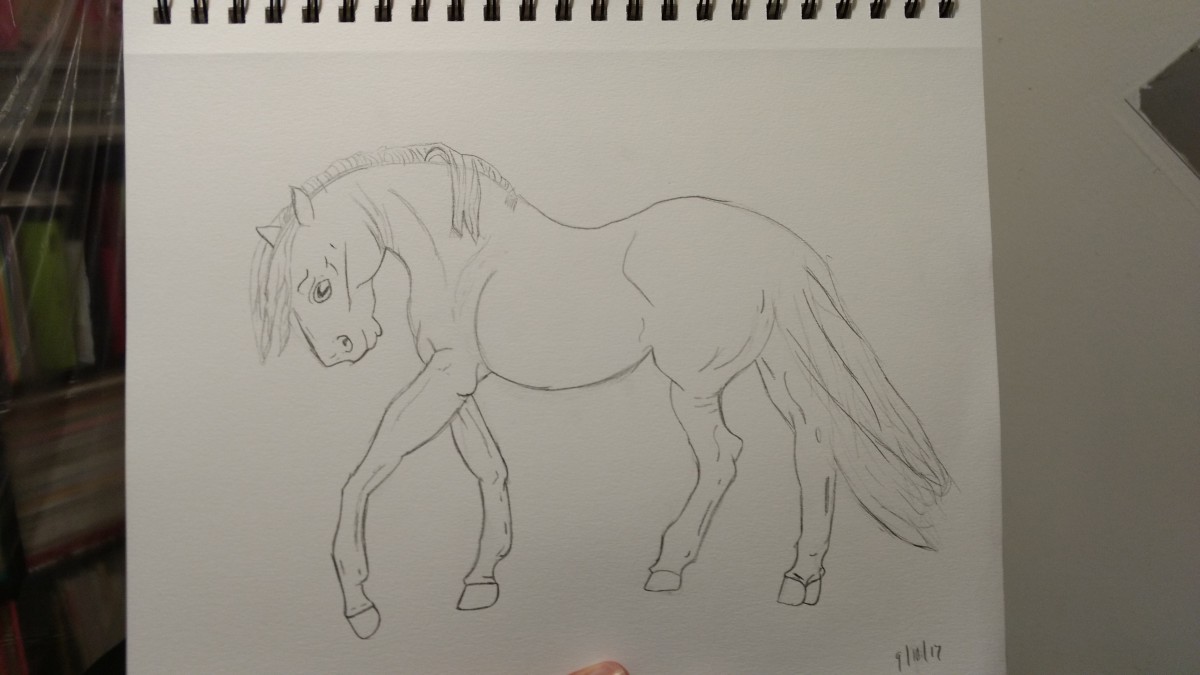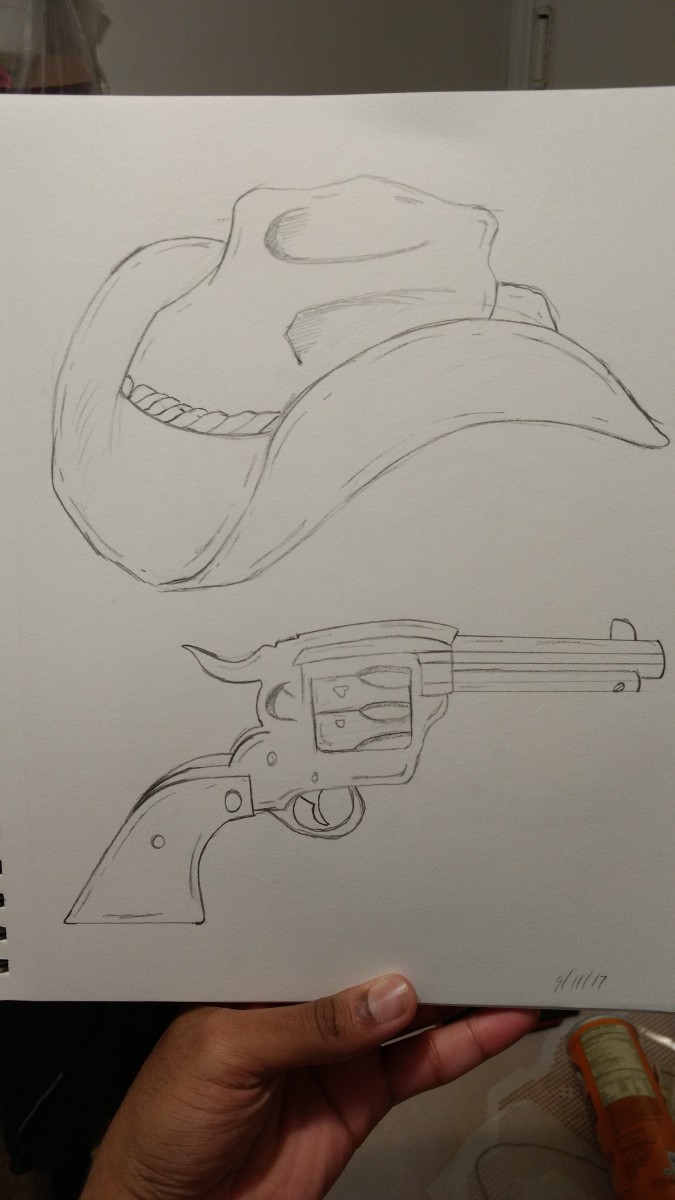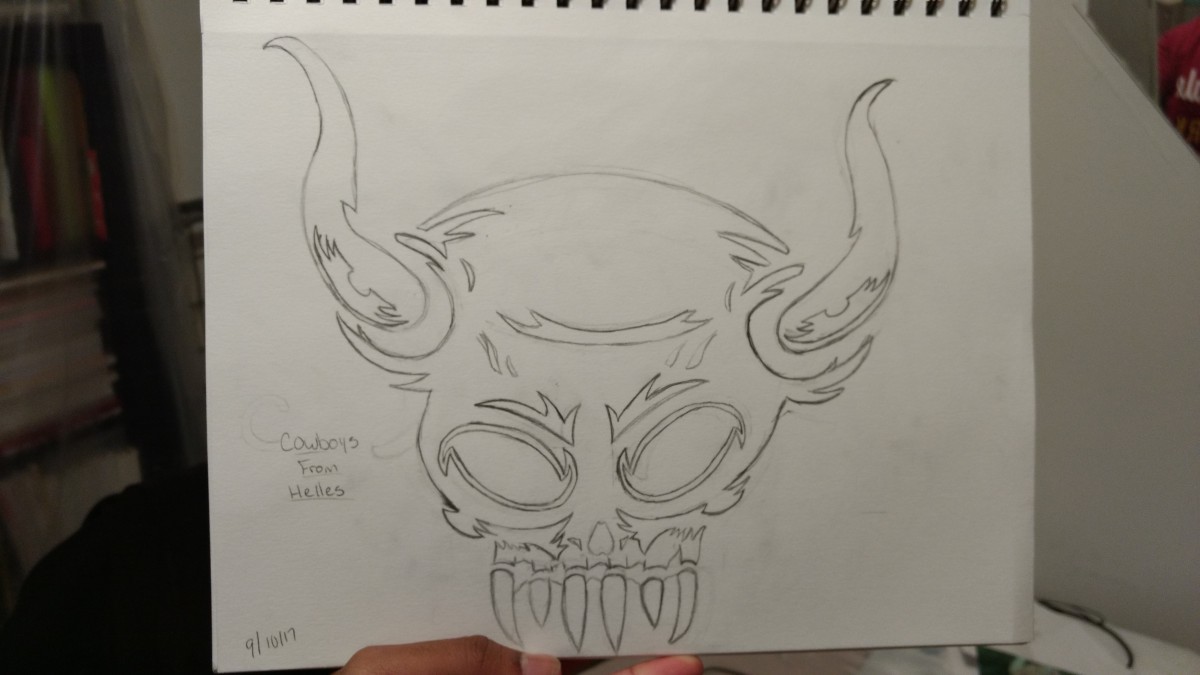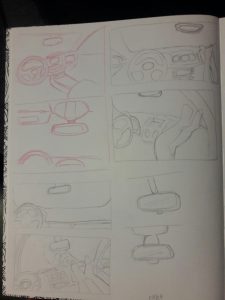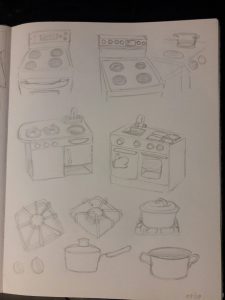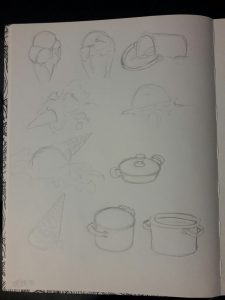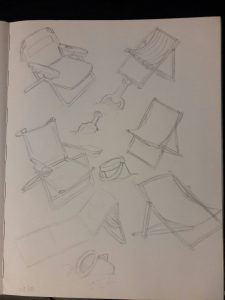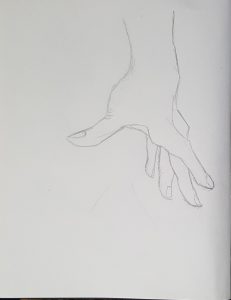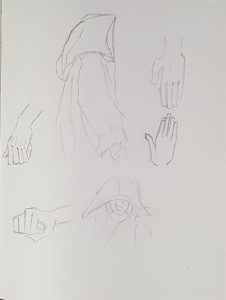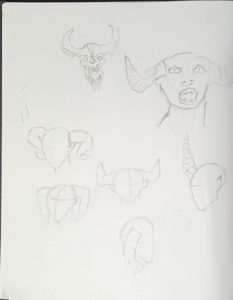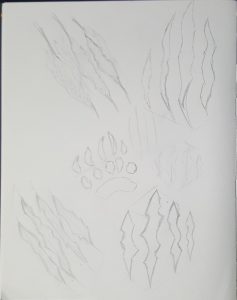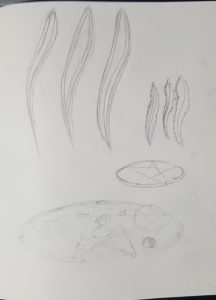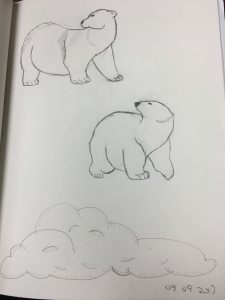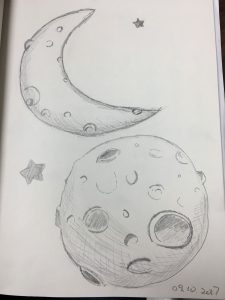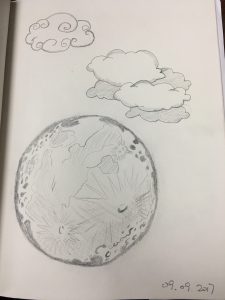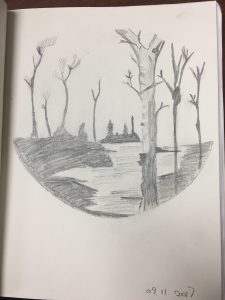Week Two Sketch References + Reading Questions!
Sketch References:
Reading 1: How Next Level Design Is Driving the Beer World
Funky Buddha’s past labels have been quirky and full of punny, yes punny, imagery, from a goat making a getaway by water to a statue of Buddha chilling out on the beach watching the sunset. I wanted to evoke the same kind of feeling with my own brand of quirk and keep the momentum of fun labels on the bottle that drinkers would expect to see.
Reading 2: Jillian Tamaki on Idea generation
One strategy I use a lot that Tamaki mentioned is collecting media. I have a cork board wall in my room that I use to paste pictures I’ve cut or print out, separated into either random inspiration or for a specific project. Whenever I come across something on any medium such as my phone, laptop, or magazine, I make a note/cut/screenshot it. What I find usually inspires my work right away or in due time, and what I look for specifically aids me in reference I need to tackle a project.
The Intention of my label design
The intention of my label design is to make the person looking at it wonder what kind of weird fantastical drink is in the can. I want people to think the drink is so good maybe a were wolf would rip the can apart for it or a wizard made this drink. I tried to use a simple design to show the appeal of the drink through illustration.
Jillian Tamaki’s Idea Generation response
I normally collect media that I am interested in, I have folders on my hard drive and use websites such as Pinterest to collect images of things I like. I also like to take source material seriously. I try to read the original book or view the original work to see what the creator had in mind. While reading a book I tend to become focused on certain concepts and then collect images on it. I like the idea of staying true to source content, even if some changes are made.
Week Two Sketches
Response to Jillian Tamaki’s Idea Generation
I find that when illustrating or designing, that I step 2 (collect that media) is always a part of my process. I’m always collecting images that have design elements that I’m intrigued by on my phone. I’ve sorted these images into albums so that I can have a reference whenever I’m on the go.
Sketch week 2
Week 3 Sketches
MORE Studies from Reference towards FINAL ILLUSTRATION
Fill your 4 pages by drawing careful studies design elements that factor into your final art. For each of you this will be different. The important part here is that you SKETCH FROM REFERENCE. For each design element try several sketches and points of view. Consider these studies towards the final art piece.
Just a reminder, here are your Sketchbook Requirements :
For this course students are required to keep an ongoing sketchbook which will be utilized a minimum of 1 hour, 30 min per page, for a total of 4 timed sketchbook pages per week.
- Students can not to tear out pages and pages must be dated. Students may of course draw MORE than the required 4 pages. Sketchbooks will be reviewed weekly as part of peer critique.
- This Sketchbook will have the specific purpose of being a PROCESS journal.
Assignment 1 Product Illustration
DUE 9/26 FINAL Pencil Drawing
SUBMISSION REQUIREMENTS:
All Final Drawings must be UPLOADED to OPENLAB for GRADING in the following manner:
Write a new post and use the following naming protocol:
-
Firstname Lastname, Assignment One
-
Tag it in the Category ASSIGNMENT ONE.
-
In the body of the post tell us the name of the illustration, for example:
-
Illustration for Celestial Seasoning Tea, Mint Magic.
-
UPLOAD a HIGH QUALITY (White Balanced and Cropped) SCAN of the image at 150 DPI.
-
Finally, Bring your DRAWING into class along with 3 photocopies at 50% size for WORK IN CLASS next week.
MORE DETAILED INSTRUCTIONS & Helpful Hints:
Preparing your Chosen Concept Sketch:
- SCAN your concept sketch.
- If you are making any edits to this sketch, draw your edits and scan those.
- USING Adobe PS cut and paste together the final mock up.
- PRINT your concept sketch. IT MUST BE PRINTED TO THE SIZE OF THE FINAL ART. THIS MEANS LARGER THAN IT WILL APPEAR ON THE PRODUCT.
- A good rule of thumb is to draw your illustration 50% larger than it will appear in print.
- You may need to print the image out in sections and tape it together!
TRANSFER your concept sketch carefully onto the FINAL WORKING SURFACE using the SARAL Transfer Paper.
- Be sure to do this neatly! Use masking tape and blank paper to prevent unwanted marks on the border of your illustration.
- Be sure to tape the illustration down carefully so that it doesn’t creep causing the image to warp.
- Don’t press TOO hard…you should still be able to erase your marks.
FINALIZE your concept sketch onto the FINAL WORKING SURFACE.
- Don’t press TOO hard…you should still be able to erase your marks.
- Don’t shade. You’ll fill in areas of value later in the process.
- Don’t INK. Your Art Director may still request changes.
- This drawing should be done at your highest level of skill.
- Be sure you are carefully considering your focal points and image hierarchy. (This may be achieved with value but should be planned as you draw.)

